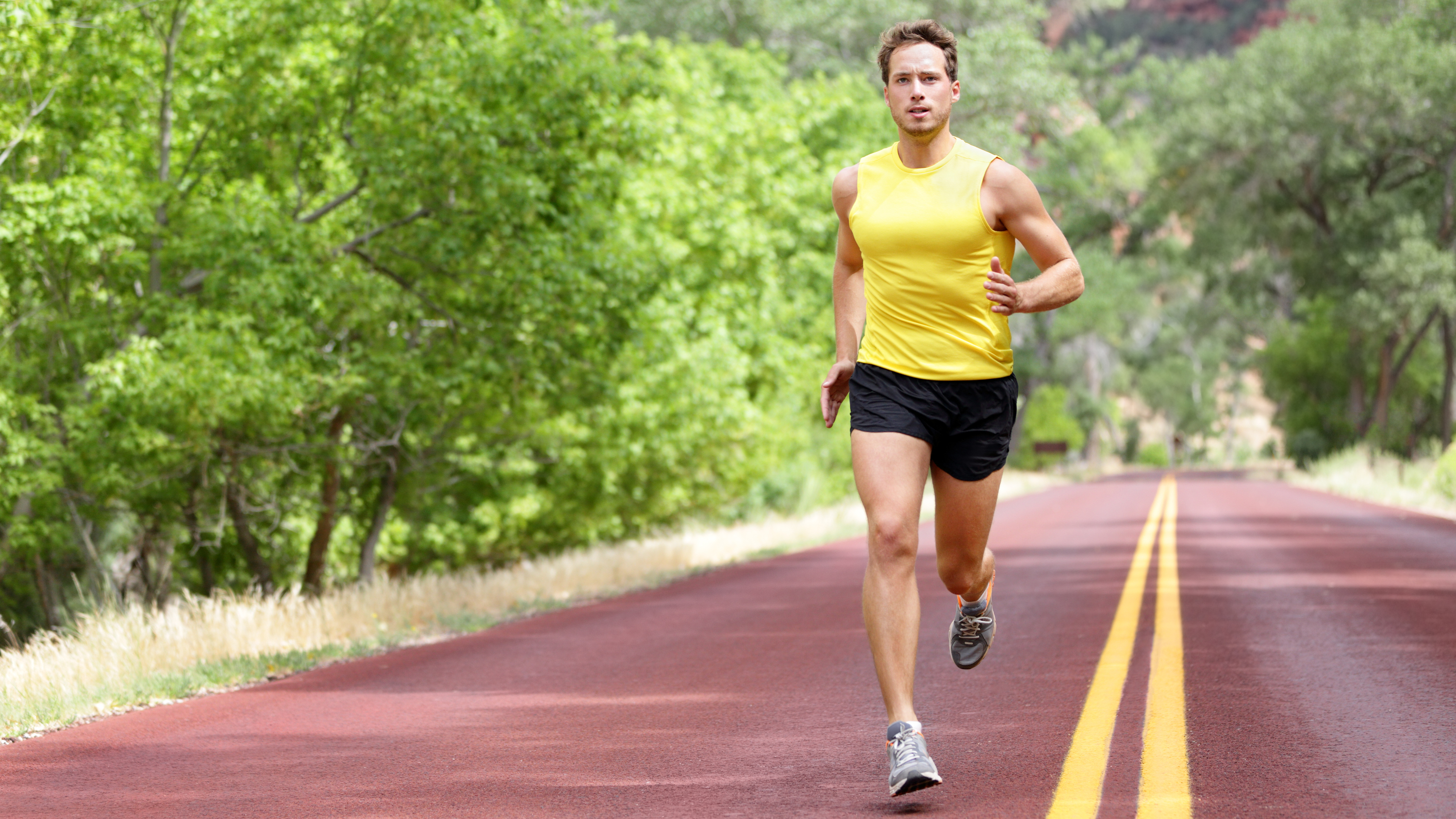Some people thrive off running long distances while others loathe every mile and it turns out this might have something to do with the length of your ring finger.
You read that right, in a recent study published in the American Journal of Human Biology scientists concluded that those with ring fingers longer than their pointer finger may be more blessed with an athletic edge.
The conclusion comes from a meta-analysis of 22 studies with over 5,000 participants showing that people with longer ring fingers relative to their index fingers, which means a lower 2D to 4D ratio, generally had better exercise performance and endurance thresholds.
This ratio between the lengths of the second digit, the index finger, and the fourth digit, the ring finger, is known as the digit ratio.
So, what does your finger length have to do with fitness? This digit ratio is linked to prenatal testosterone exposure, which scientists believe may help explain differences in cardiorespiratory fitness and endurance. In other words, the length of your fingers might hint at how well your body handles long workouts like running, cycling, rowing, or team sports.
If news of this study has left you feeling more inspired to lace up, make sure you’re supported with one of the best running shoes for the job.
What does this study mean for you and your fitness?
If you are currently looking down at your hand and having an existential crisis about your fitness abilities according to the shortness of your ring finger, fret not. While the results may relay some truth, there are potential flaws to the study.
For one, your digit ratio can actually change over time, so the measurements taken in adulthood might not truly reflect what was happening in the womb. So while it’s an intriguing idea, your fingers aren’t exactly a crystal ball for your athletic potential.
It’s also worth remembering that biology isn’t the whole story. Just because someone may be naturally built for harder and longer forms of exercise, that doesn’t mean they’ll reach their potential without putting in the work.
On the flip side, people who train consistently, follow a plan and keep challenging themselves can build up far greater endurance than you might expect.
A longer ring finger might give you a slight edge, but dedication and good training habits, along with tools like the best running apps, will always take you further. Or at least that’s what I’m telling myself as someone with a shorter ring finger!
More from Tom's Guide
- No jumping — this joint-friendly, low-impact workout uses a pair of light dumbbells to build full-body strength in 6 moves
- Over 60? Forget running and swimming — these 5 bodyweight exercises help strengthen your entire body, using just a chair
- Forget the gym — build full-body strength with this equipment-free 15-minute workout
.png)












 English (US) ·
English (US) ·